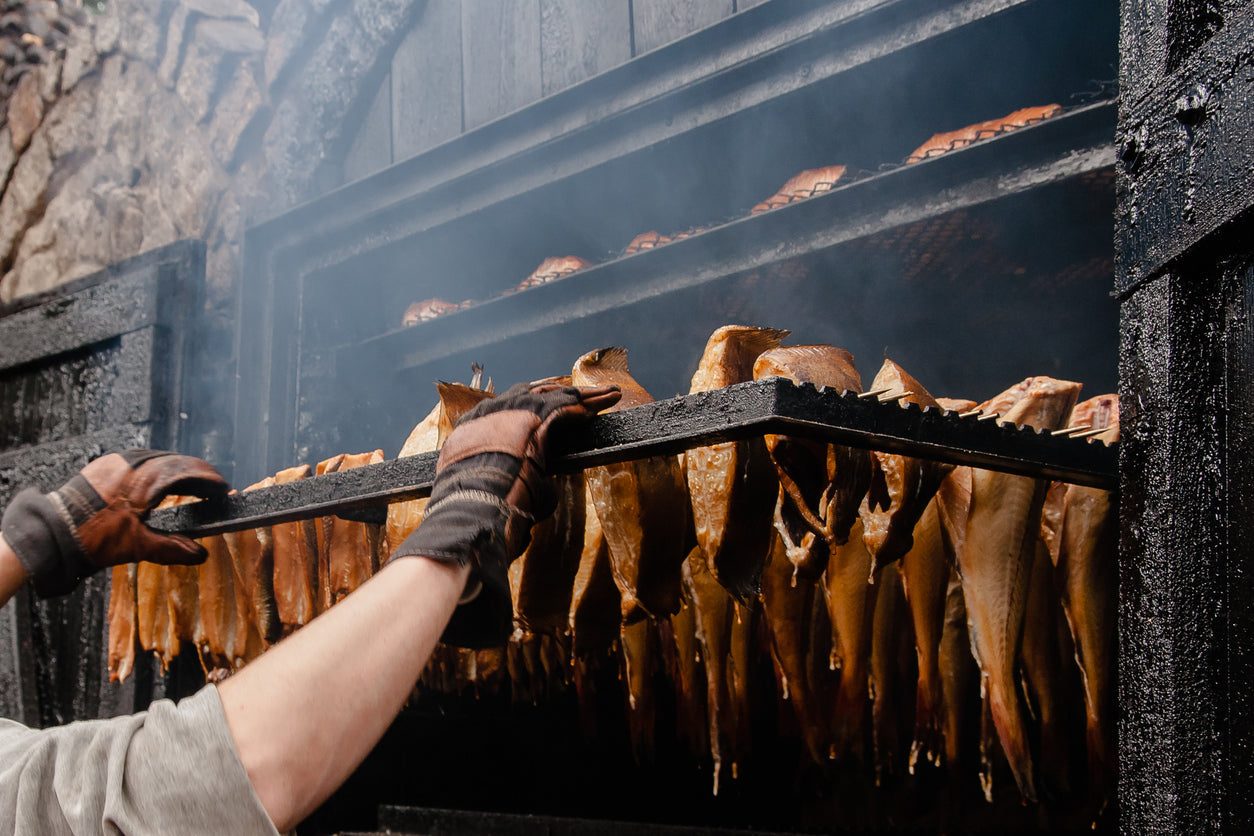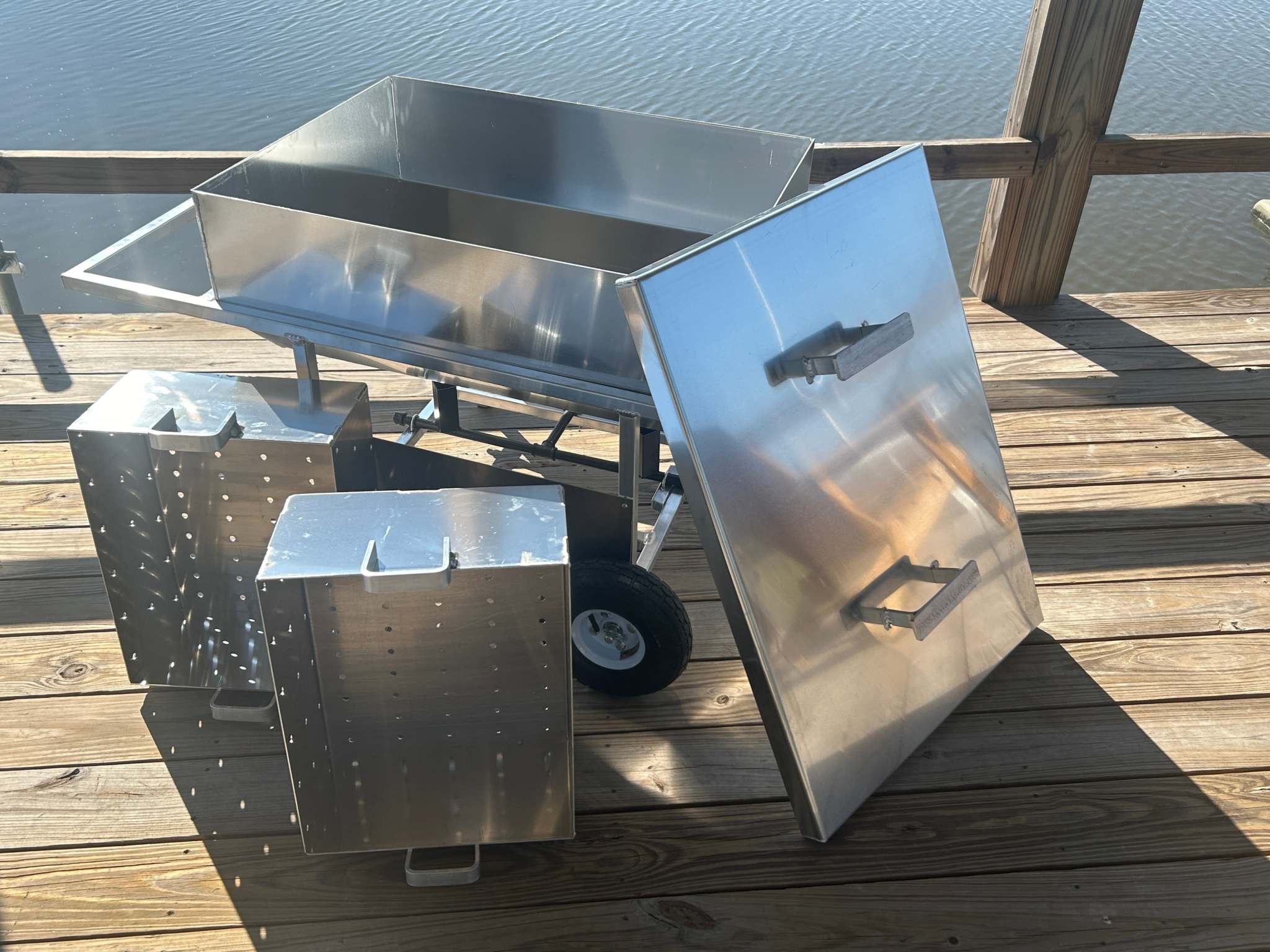
How to Infuse Smoky Flavors into Grilled Seafood
The Art of Smoking Seafood on the Grill
Smoking seafood on the grill is a culinary technique that elevates the natural flavors of the ocean with a rich, smoky depth. Unlike traditional grilling, which focuses on high heat and quick cooking, smoking is a slower process that allows the seafood to absorb the aromatic compounds released by smoldering wood. This method not only enhances the taste but also adds a layer of complexity that pairs beautifully with the delicate, briny notes of seafood.
The benefits of smoking seafood go beyond flavor. Smoking helps retain moisture, ensuring that your fish or shellfish remains tender and juicy. It also creates a visually appealing presentation, with a golden-brown hue and a slightly crisp exterior. Whether you're preparing a casual backyard meal or impressing guests at a dinner party, smoked seafood is a versatile and crowd-pleasing option.
For beginners, smoking seafood might seem intimidating, but it’s surprisingly straightforward with the right tools and techniques. From choosing the right wood to mastering temperature control, the process is as much an art as it is a science. Once you understand the basics, you’ll find that smoking seafood opens up a world of culinary possibilities, allowing you to experiment with flavors and textures that are both bold and nuanced.
Choosing the Right Seafood for Smoking
Not all seafood is created equal when it comes to smoking. Some types of fish and shellfish are better suited to this cooking method due to their texture, fat content, and ability to absorb smoky flavors.
Salmon is a classic choice for smoking, thanks to its rich, fatty flesh that holds up well to the process. The natural oils in salmon act as a flavor carrier, allowing the smoky notes to penetrate deeply. Shrimp is another excellent option, as its firm texture and mild flavor make it a perfect canvas for smoky seasoning. Scallops, with their sweet and delicate taste, take on a subtle smokiness that enhances their natural sweetness without overpowering it.
Oysters are a unique choice for smoking, offering a briny, oceanic flavor that pairs beautifully with the earthy notes of wood smoke. For those looking to experiment, other options like trout, mackerel, and even lobster tails can yield delicious results. The key is to choose seafood that is fresh, high-quality, and able to withstand the smoking process without falling apart.
When selecting seafood for smoking, consider the thickness and size of the pieces. Thicker cuts, like salmon fillets or whole fish, are ideal for longer smoking sessions, while smaller items like shrimp or scallops are better suited for shorter cooking times. This ensures that the seafood cooks evenly and absorbs just the right amount of smoky flavor.
Selecting the Perfect Wood for Smoky Flavors
The type of wood you use for smoking can make or break the flavor of your seafood. Different woods impart distinct flavor profiles, so choosing the right one is essential for achieving the desired taste.
Hickory is a popular choice for its bold, robust flavor, but it can be overpowering for delicate seafood. Instead, consider milder options like applewood or cherrywood, which add a subtle sweetness that complements the natural flavors of fish and shellfish. Cedar is another excellent option, particularly for salmon, as it imparts a slightly spicy, aromatic quality that pairs beautifully with the fish’s richness.
For a more adventurous flavor profile, try experimenting with mesquite or pecan wood. Mesquite offers a strong, earthy flavor that works well with heartier seafood like mackerel or trout, while pecan provides a nutty, slightly sweet taste that enhances the natural sweetness of scallops and shrimp.
When using wood chips, soak them in water for at least 30 minutes before adding them to the grill. This prevents the wood from burning too quickly and ensures a steady release of smoke. For an added layer of complexity, consider mixing different types of wood chips to create a custom flavor blend that suits your palate.
Preparing Seafood for Smoking
Proper preparation is key to achieving perfectly smoked seafood. Start by ensuring that your seafood is fresh and properly cleaned. Remove any scales, shells, or bones, and pat the seafood dry with a paper towel to remove excess moisture.
Marinating or seasoning your seafood before smoking can enhance its flavor and help it absorb the smoky notes more effectively. A simple marinade of olive oil, lemon juice, garlic, and herbs can work wonders, while a dry rub of paprika, salt, pepper, and brown sugar adds a touch of sweetness and spice.
To prevent the seafood from drying out during the smoking process, consider brining it beforehand. A basic brine solution of water, salt, and sugar can help retain moisture and improve the texture of the seafood. For best results, brine the seafood for 30 minutes to an hour, depending on its size and thickness.
Marinades and Rubs for Smoky Seafood
Marinades and rubs are essential for infusing additional layers of flavor into your smoked seafood. For a citrusy marinade, combine orange juice, lime zest, minced garlic, and a touch of honey. This bright, tangy mixture pairs beautifully with shrimp or scallops.
For a more robust flavor, try a smoky paprika rub made with smoked paprika, garlic powder, onion powder, and a pinch of cayenne pepper. This spice blend works particularly well with salmon or trout, adding a smoky kick that complements the wood smoke.
Herbs like dill, thyme, and rosemary can also be incorporated into marinades or used as a garnish to enhance the overall flavor profile. The key is to balance the seasoning so that it enhances, rather than overpowers, the natural taste of the seafood.
Techniques for Smoking Seafood on the Grill
Smoking seafood on the grill requires a combination of technique and patience. Start by preheating your grill and setting it up for indirect cooking. This means placing the heat source on one side of the grill and the seafood on the opposite side, allowing the smoke to circulate evenly.
If your grill doesn’t have a built-in smoker box, you can create one by wrapping soaked wood chips in aluminum foil and poking holes in the top to release the smoke. Place the foil packet directly on the heat source, and wait for the chips to start smoking before adding your seafood to the grill.
Maintaining a consistent temperature is crucial for successful smoking. Aim for a temperature of 200-225°F, and use a meat thermometer to monitor the internal temperature of the seafood. Most fish and shellfish are done when they reach an internal temperature of 145°F.
Direct vs. Indirect Grilling for Smoky Flavors
Direct grilling involves placing the seafood directly over the heat source, which is ideal for quick-cooking items like shrimp or scallops. However, this method can result in less smoky flavor, as the high heat tends to overpower the smoke.
Indirect grilling, on the other hand, allows the seafood to cook slowly and absorb more smoke. This method is better suited for larger cuts of fish or whole shellfish, as it ensures even cooking and a more pronounced smoky flavor.
Enhancing Smoky Flavors with Complementary Ingredients
The right accompaniments can take your smoked seafood to the next level. Grilled vegetables like asparagus, zucchini, or bell peppers add a fresh, charred contrast to the smoky seafood. A citrus aioli or lemon-dill sauce can provide a bright, tangy counterpoint, while a side of wild rice or quinoa adds a hearty, nutty element.
For a touch of sweetness, consider serving your smoked seafood with a fruit salsa made from mango, pineapple, or peach. The natural sugars in the fruit balance the smokiness of the seafood, creating a harmonious flavor profile that’s both refreshing and satisfying.
Common Mistakes to Avoid When Smoking Seafood
One of the most common mistakes when smoking seafood is over-smoking, which can result in a bitter, acrid taste. To avoid this, use a moderate amount of wood chips and monitor the smoke levels throughout the cooking process.
Another pitfall is using the wrong type of wood. Strong woods like hickory or mesquite can overpower delicate seafood, so stick to milder options like applewood or cedar.
Finally, cooking at too high a temperature can cause the seafood to dry out or cook unevenly. Always use a meat thermometer to ensure that your seafood is cooked to perfection.
Pro Tips for Mastering Smoky Seafood
For an extra layer of flavor, try adding aromatic herbs like rosemary or thyme directly to the wood chips or grill grates. You can also experiment with foil packets, which trap the smoke and create a more concentrated flavor.
Blending different types of wood chips can yield unique flavor profiles, so don’t be afraid to get creative. For example, a mix of applewood and cherrywood can add a sweet, fruity note to your smoked seafood.
Recipes to Try: Smoky Seafood Delights
- Smoked Salmon with Dill Sauce: Marinate salmon in olive oil, lemon juice, and dill, then smoke over cedarwood for a rich, aromatic flavor.
- Cedar-Plank Shrimp: Skewer shrimp with lemon slices and smoke on a cedar plank for a smoky, citrusy twist.
- Smoky Scallop Skewers: Season scallops with a paprika rub and smoke over applewood for a sweet, smoky finish.


